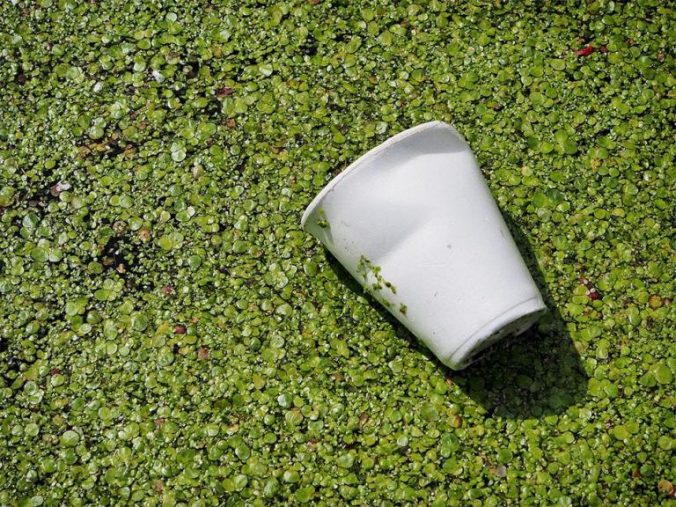Current culture has led to a belief that plastics do not biodegrade. This is, in fact, incorrect. All plastics are organic and have been proven to biodegrade by microorganisms. This blog entry explains more…
Biodegradation – a definition:
Biodegradation is the total breakdown of a product (by microorganisms) to something found in nature.
Do plastics biodegrade?
The current culture has led to a belie that plastics do not biodegrade. This is, in fact, incorrect. All plastics are organic and have been proven to biodegrade by microorganisms. The issue is the speed at which plastic biodegrades that has led to the assumption that it does not, as most plastics will take 1,000 years or more to do so.
To promote quicker degradation, work has been done to develop additives and materials which have been aimed at helping speed up this process.
Photodegradable/Oxo-Biodegradable Products
One of the first was the introduction of Photodegradable plastics, later renamed Oxo-Biodegradable materials.
Developed for the producers of the plastic ring collars found on multi-pack drinks cans, as the name suggests, this plastic requires sunlight for it to break down.
When exposed to sunlight, Photodegradable/Oxo-Biodegradable plastic fragments into ever smaller plastic particles. The aim is to make the particles small enough to allow naturally occurring organisms to be able to consume them and break them down.
Whether these materials can be truly classed as biodegradable is up for debate as there is no scientific evidence to show that these plastic fragments are then consumed at an increased rate due to this technology.
A further drawback with this technology is that if products are sent to landfill, they will not break down as they require UV light to work. This means they need to be, in effect, littered in order to work.
PLA Based Polymers
PLA (polylactic acid) based polymers are starch-based plastics which are marketed as being biodegradable.
Although it is true that these materials degrade, it is debatable whether they can be classed as Biodegradable as they require particular conditions which rarely, if ever, occur naturally.
To degrade PLA requires both moisture and a temperature of at least 60 deg C and to come into contact with a specific enzyme – Proteinase K.
Consequently, products made from PLA will only degrade if they go through a controlled industrial compost facility otherwise little, if any degradation, will occur.
Biodegradable Additives
The latest technology is based on additives which work by allowing acids, secreted naturally by microbes, to soften the macromolecules/bonds within the plastic. Microbes are then able to consume the softened macromolecules much more quickly than would normally be the case. This accelerates the biodegradation process so much that degradation can take as little as 2-3 years for some plastics.
With these systems, UV light does not have any effect and biodegradation only occurs when the plastic material comes into contact with these naturally occurring microbes in, for example, a landfill or compost environment.
The byproduct from this process is the same as with any other organic matter which biodegrades, i.e. CH4, CO2, biomass, and water.
BioSphere is the fastest acting biodegradable additive on the market today. It does not change the physical properties of the plastic part enabling products to maintain their normal shelf life and tensile strength, while benefitting from enhanced biodegradation.
A 1% addition of Biosphere can increase the rate of degradation of a plastic product by 100-200 times when compared to unmodified plastics and works in all major resin types including PET, PP, PS, and PE.
Food safe, Biosphere additives have been tested to, and comply with, several international standards including ASTM D5526 & ASTM D5511, for anaerobic systems, and ASTM D5338/ISO 17088 for aerobic systems.
For more information on the latest generation additive, BioSphere, contact eddie@colourmaster.co.uk or visit the Colourmaster website.


